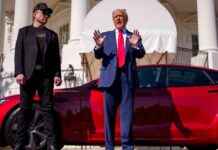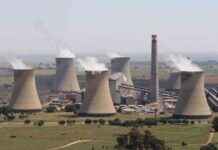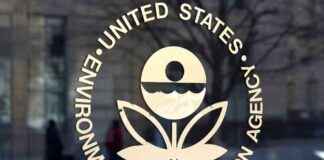The United States is gearing up for a monumental shift in the electric vehicle (EV) industry, with ten new battery factories set to come online this year. These factories, including facilities from industry giants like Panasonic, Samsung, SK On, Ford, Honda, Hyundai, Stellantis, and Toyota, are poised to significantly boost the country’s EV battery manufacturing capacity to 421.5 gigawatt-hours per year by 2025, a staggering 90 percent increase from the end of 2024, according to Benchmark Mineral Intelligence.
However, amid this promising growth, the industry is facing some challenges. The Trump administration’s policies are raising concerns about potential reductions in EV demand. Additionally, two battery startups, Kore Power and Freyr, have recently scrapped plans for new U.S. factories, casting shadows of doubt over the industry’s future.
Despite the uncertainties, industry analysts remain cautiously optimistic about the EV battery manufacturing landscape. Evan Hartley, a battery industry analyst for Benchmark, points out that the new plants are too far along in their development to be halted, with significant investments and job promises already in place. He emphasizes that the momentum behind these projects is strong, making them difficult to reverse, especially since many are located in key Republican states.
The partnership between LG and Honda in Jeffersonville, Ohio, is a prime example of the economic impact these new plants can have on their regions. The factory is nearing completion, with a capacity to produce 40 gigawatt-hours of batteries annually and create 2,200 jobs, showcasing the positive growth potential of the EV industry.
In contrast, the recent cancellations by Kore Power and Freyr highlight the challenges faced by startups in the battery manufacturing sector. These companies’ decisions to pivot their focus to either retrofitting existing buildings or pursuing alternative projects reflect the complexities of establishing successful battery production facilities.
Looking ahead, key questions remain about the future of the U.S. EV battery market. Evelina Stoikou, head of battery technology and supply chain research at BloombergNEF, underscores the importance of federal policy changes and plant utilization rates in shaping the industry’s trajectory. The interplay between battery manufacturers, automakers, consumers, and external factors like policy decisions and economic trends will all influence the market’s evolution.
Despite the looming uncertainties, analysts warn that the Trump administration’s tariff policies could further destabilize the industry by disrupting the supply chain and potentially undermining the profitability of new battery plants. This could jeopardize the U.S.’s competitiveness in the global EV market, allowing countries like China to dominate the sector in the years to come.
In the midst of these challenges, the success of the new battery plants relies heavily on the subsequent steps taken by industry stakeholders, policymakers, and investors. These developments are crucial in shaping the future of the U.S.’s role as a major player in the EV battery manufacturing landscape.
As the industry navigates through this period of uncertainty, it is clear that the decisions made in the coming years will determine the trajectory of the U.S. EV battery market and its place in the global energy transition.














